Grayton Beach State Park, Santa Rosa Beach, Florida
When Adam had lived 130 years, he had a son . . . and he named him Seth. After Seth was born, Adam lived 800 years and had other sons and daughters. Altogether, Adam lived 930 years, and then he died. ~ Genesis 5:3-5
People sometimes ask us how we manage in cold weather. Especially since we’ve talked about how the coach isn’t equipped for cold weather – no insulation. It’s not that we don’t have heat; in fact, we have heat aplenty. There’s the electric heat that covers three zones (front, middle and back) from the ceiling, there’s propane that covers the same areas, but at the floor; plus we have three portable electric heaters. We have no problem keeping warm during the day.
At night, when the temperatures dip below, say 32⁰, we have to choose. Do we want to stay warm, or do we want to sleep? Both the electric and propane heat is extremely noisy. We run the electric heaters, but they can only do so much on their own when it gets that cold. But we choose to sleep. With our electric blankets cranked up.
And then, in the morning, Blaine turns on the blasters, and it’s not long before we’re nice and toasty once again.
As far as the water line goes, if it’s dipping much below freezing, Blaine unhooks it. But if it’s really cold out, say below 25⁰, he has this light bulb he puts in the basement near the bathroom waterlines to keep them from freezing.
And that’s how we stay warm, so no need to worry. 😊
Our kayak’s been screaming from the back of the Jeep for quite some time, so today we took it out, released it from its confining wrap, blew it up, and set it upon the waters of Western Lake, where it (and we) breathed an audible sigh of relief.
Western Lake is the second largest coastal dune lake in the Florida Panhandle. It’s a very unique and special ecosystem and is just one of the 15 named coastal dune lakes along Route 30A. Coastal dune lakes are considered globally rare areas only found in just a few places around the world, like Madagascar, Australia and South Walton (where we are). The ones here are the only ones known to periodically connect to a larger body of water, i.e. the Gulf of Mexico. The only other coastal dune lakes in the US are in Oregon.
The lakes here are fed from several freshwater sources such as rainfall, groundwater and streams. However, when the water levels in the lake reach a certain height, sand berms along the shores of the lake will become breached, and water will travel from the lake to the Gulf of Mexico in channels called outfalls. This isn’t a one-way street, though: Saltwater from the Gulf as well as plants and animals will travel up the outfall into the lake, and the two types of water mix to form brackish water. ~ floridastateparks.com
During our two hours, we didn’t see much activity, but it was a spectacular day full of fresh air and sunshine!
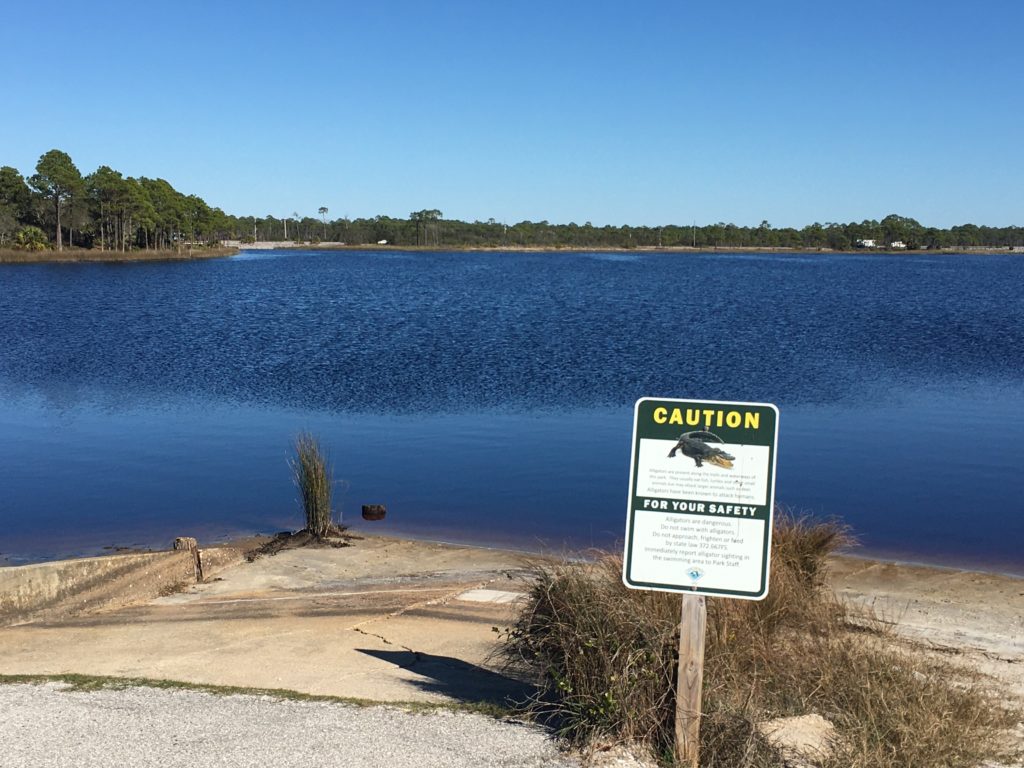
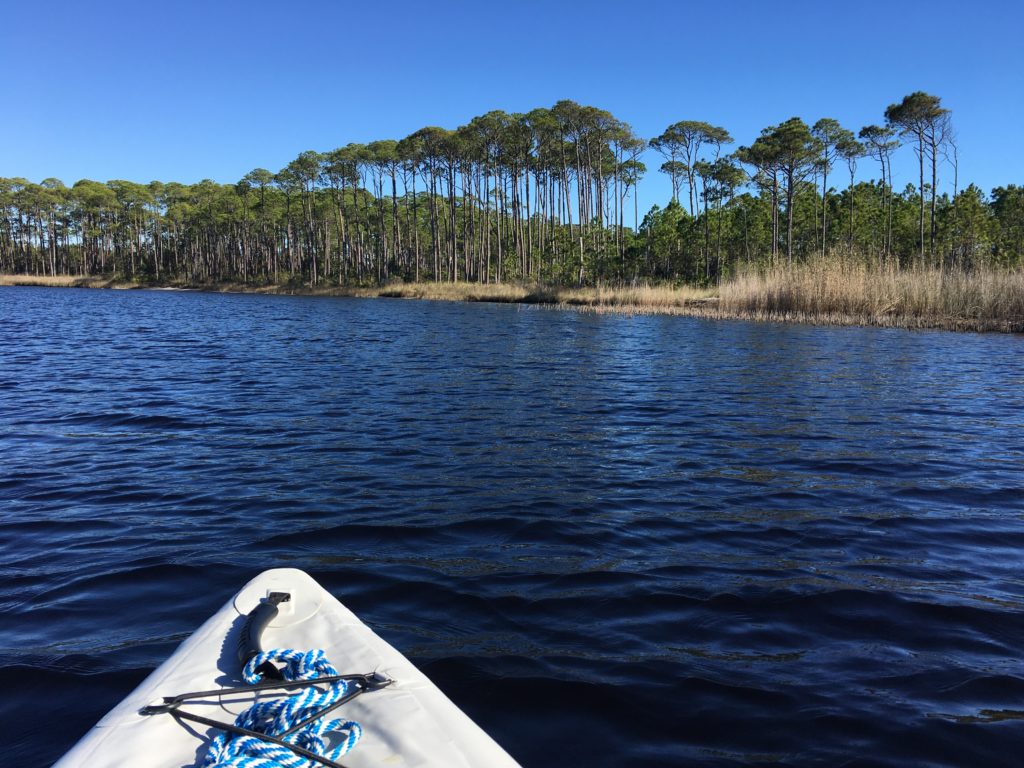
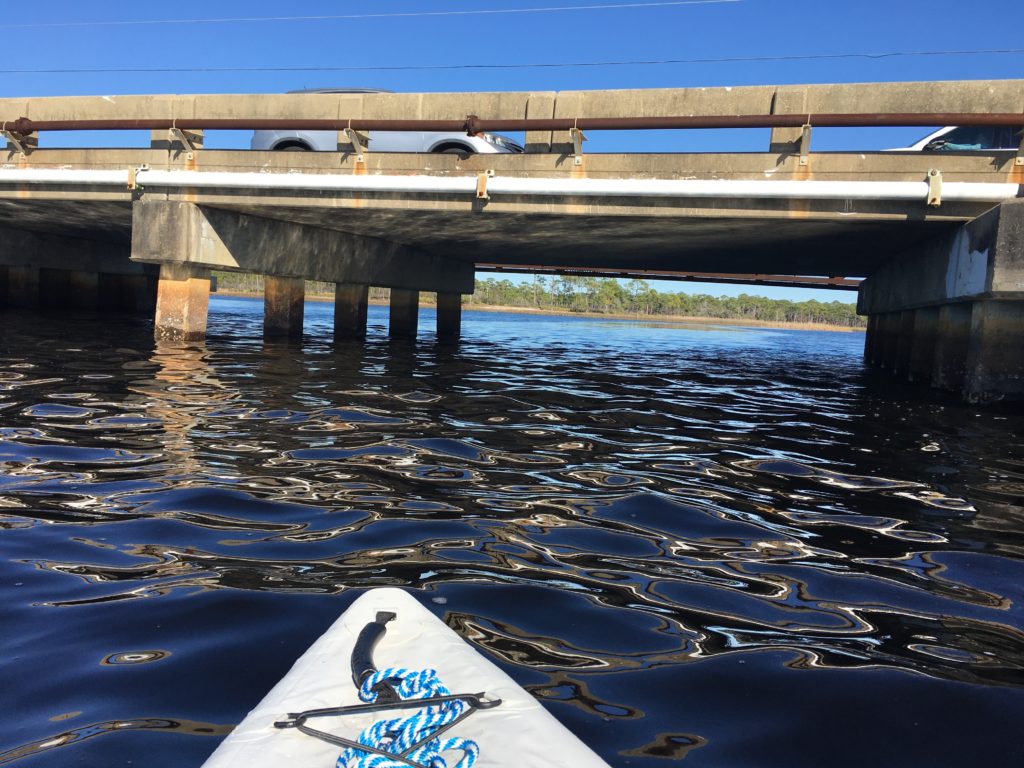
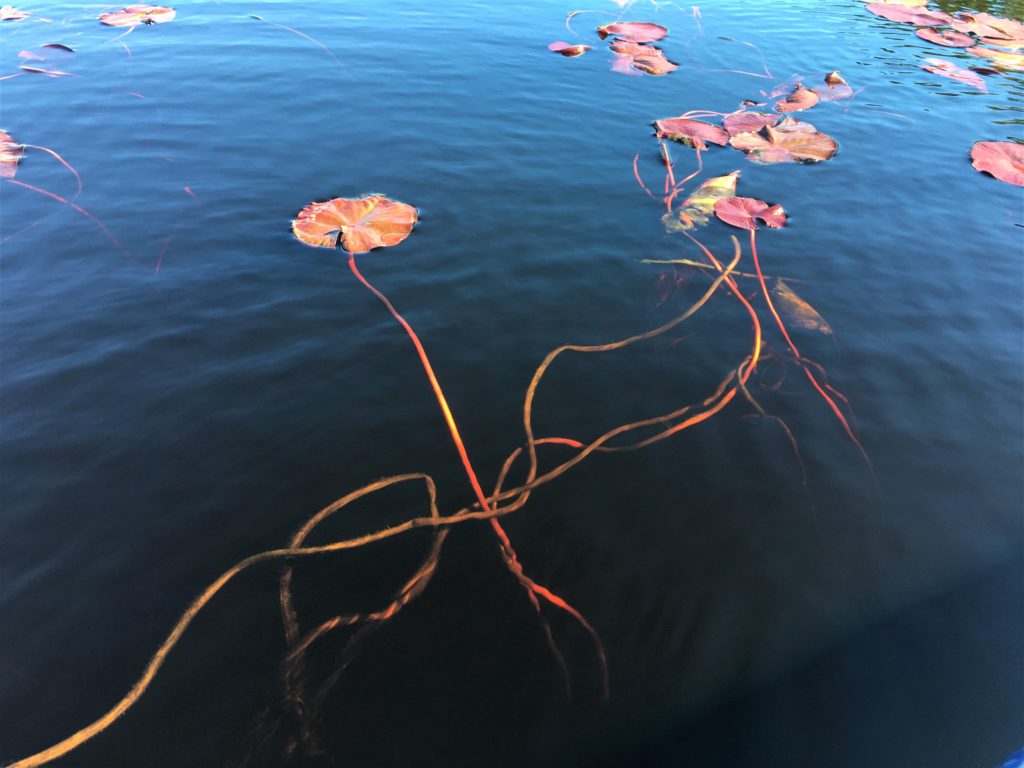
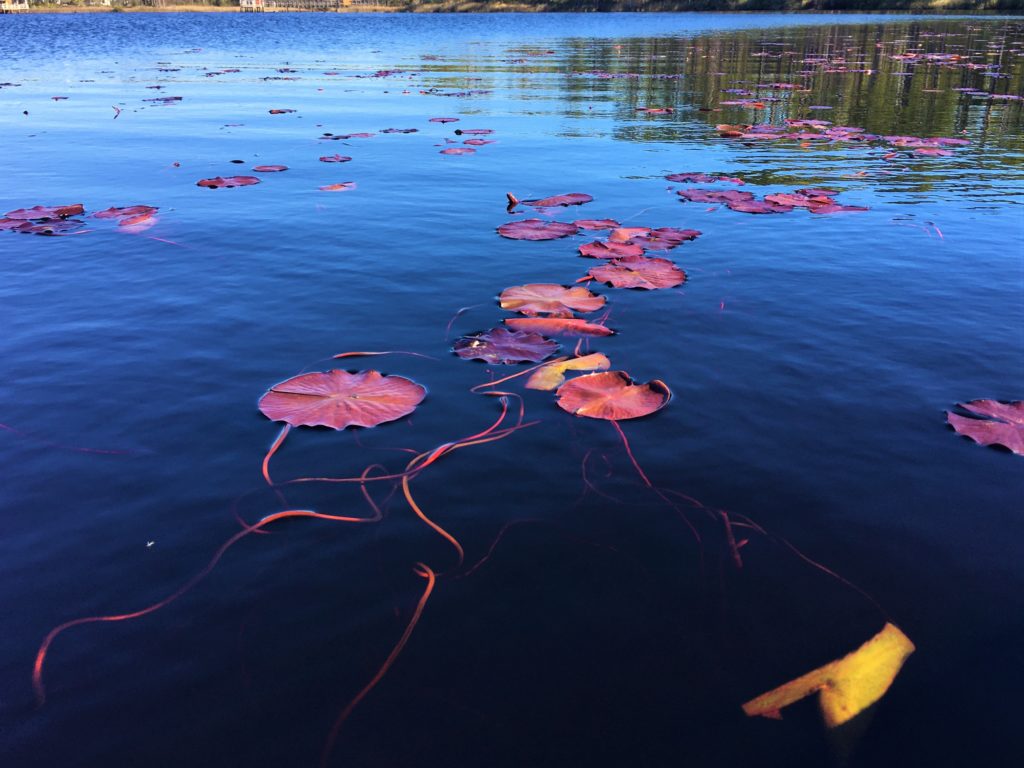
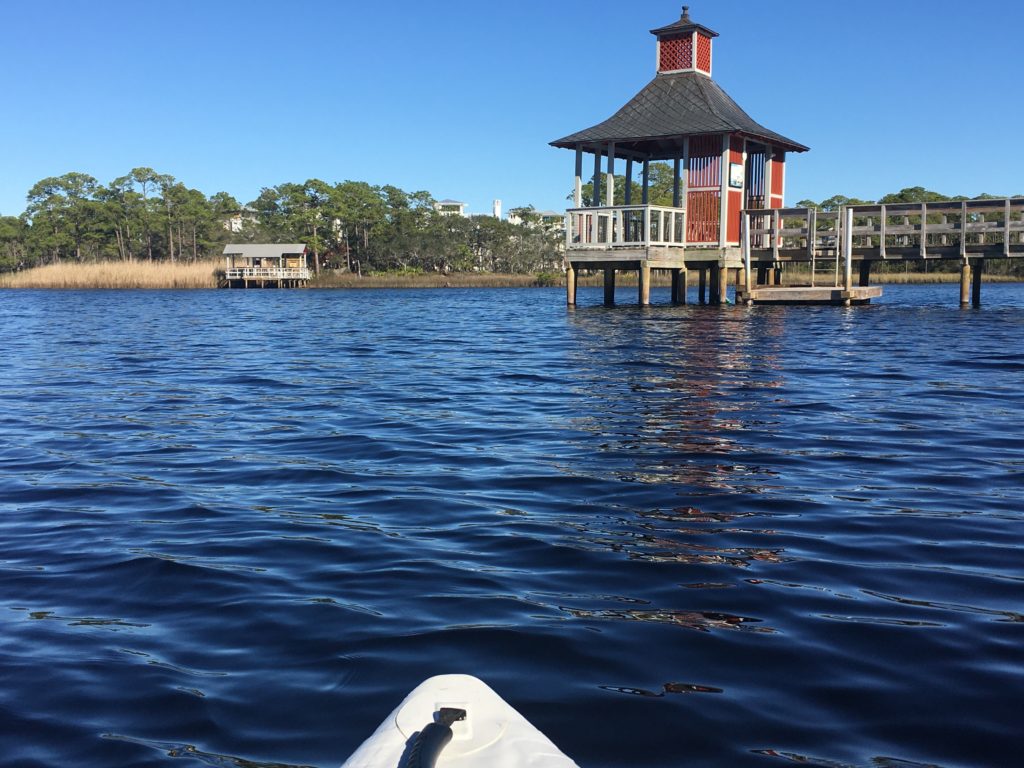
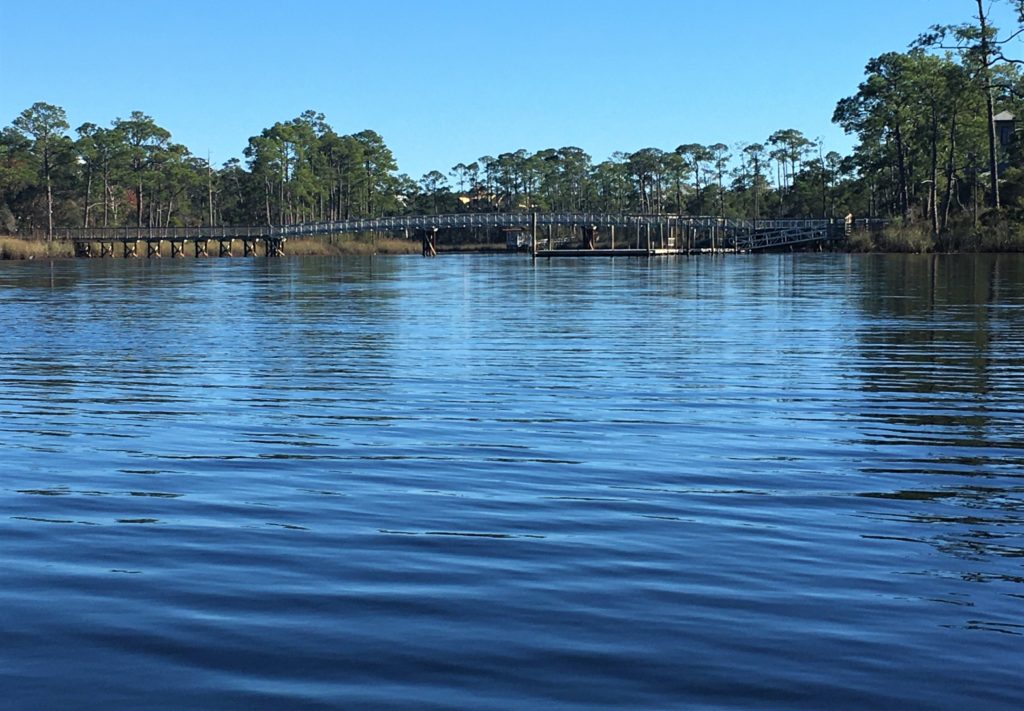
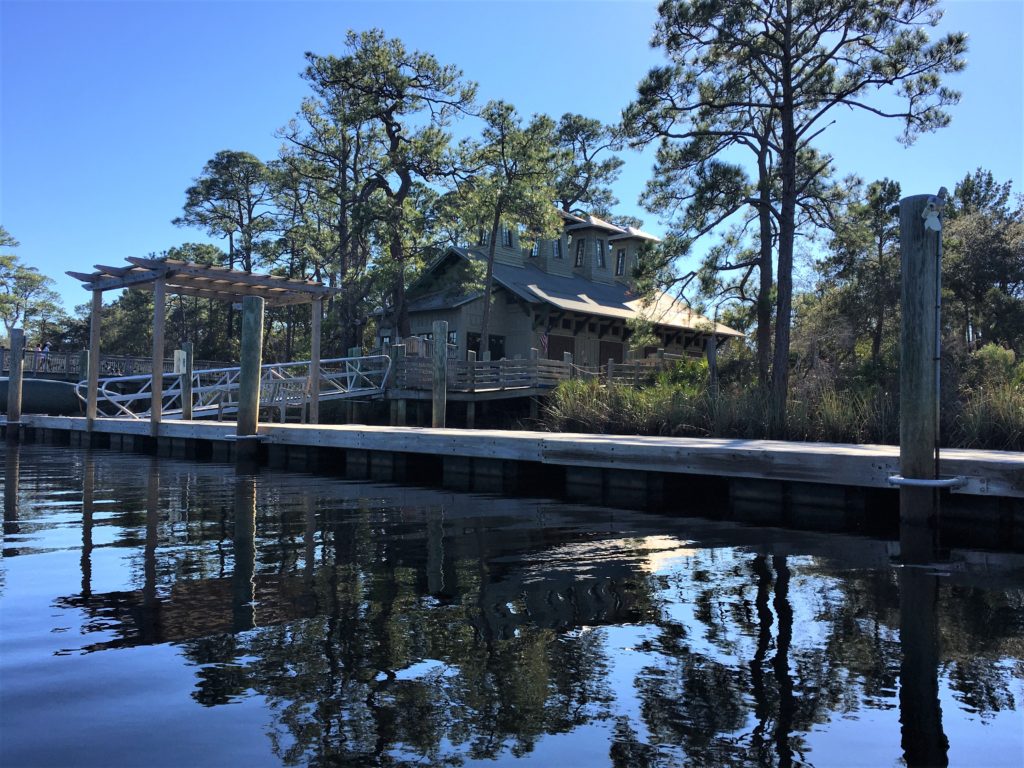

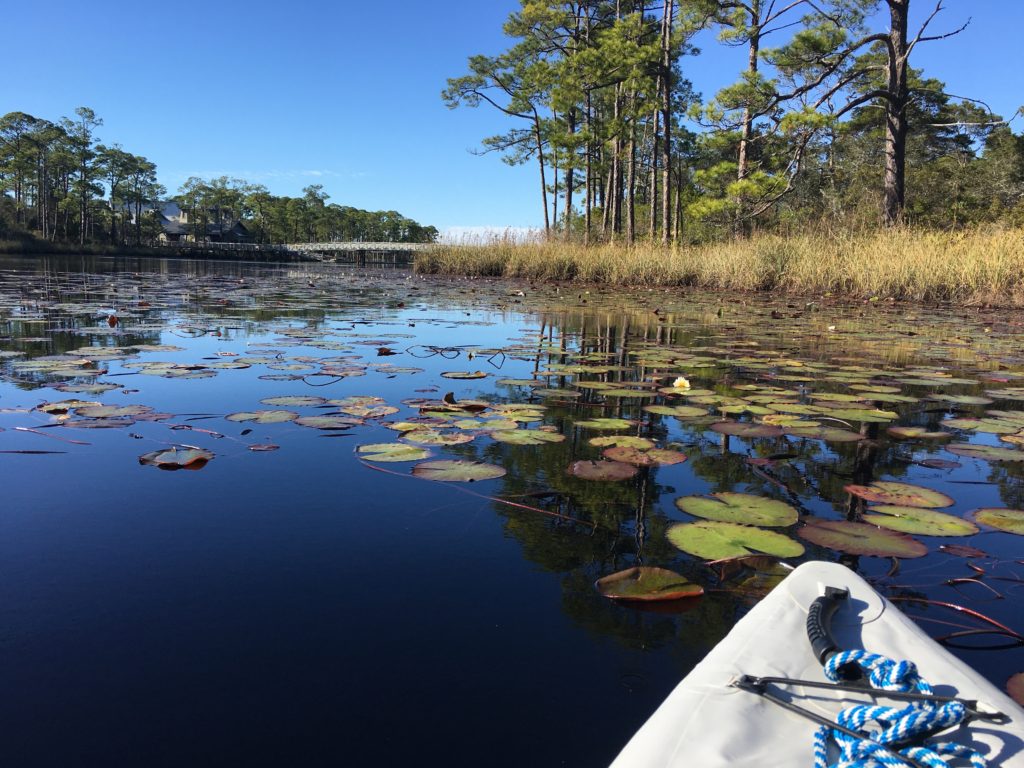
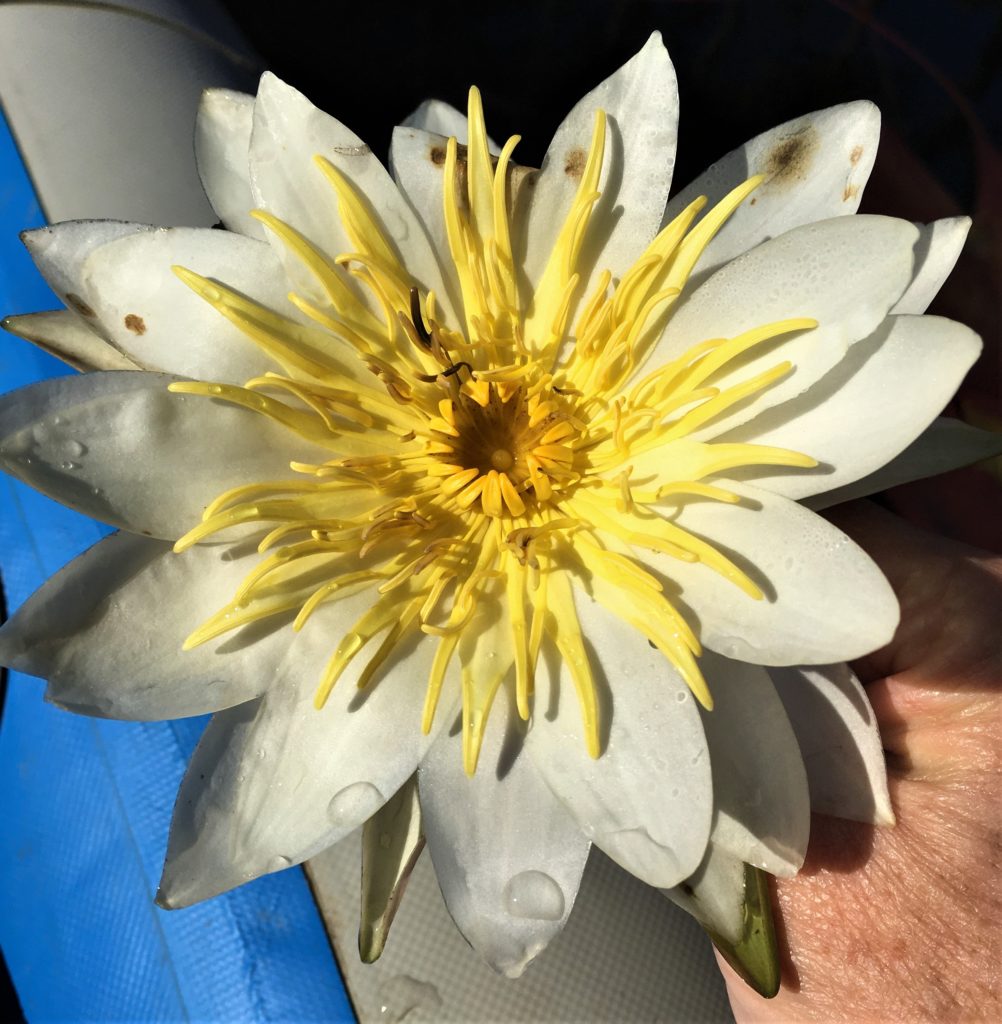
You have to be completely still for the phone camera to focus,
plus, whenever Blaine would maneuver us to the right place, we’d tend to run over them.
As you can see, we finally figured it out. : )
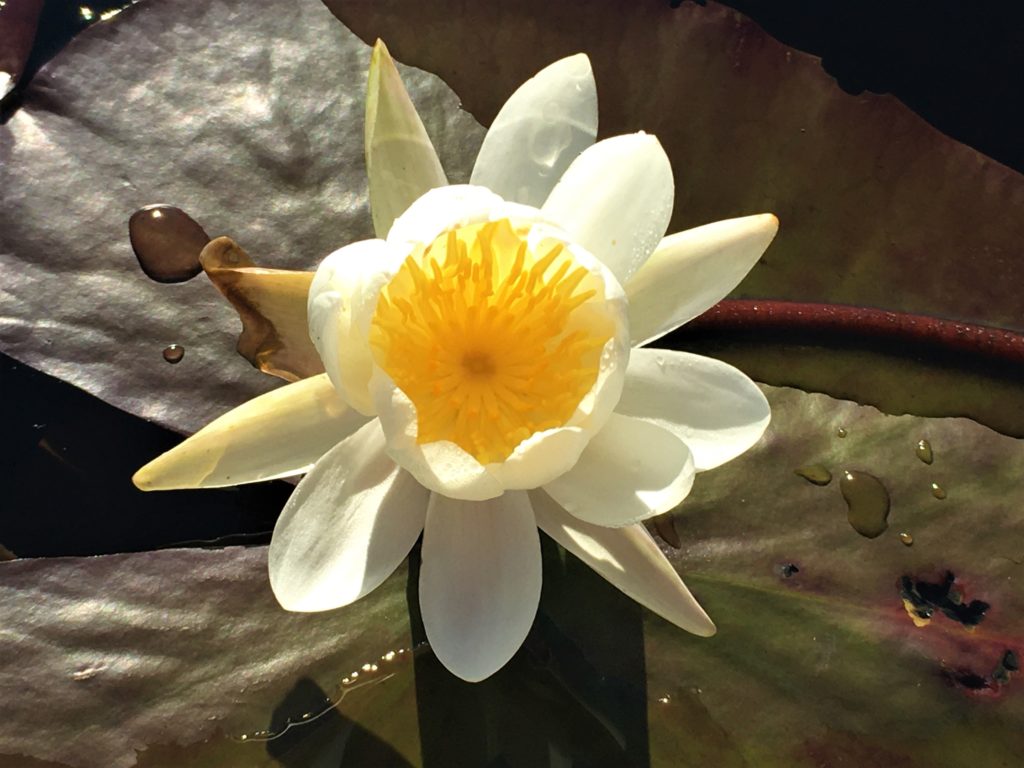
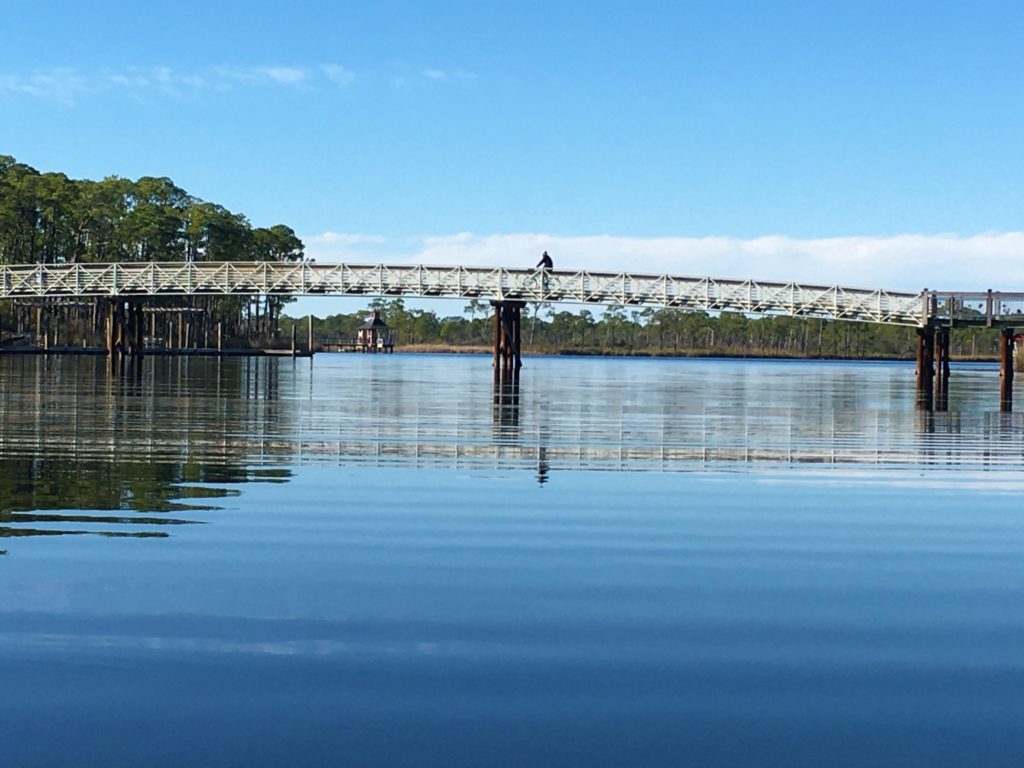
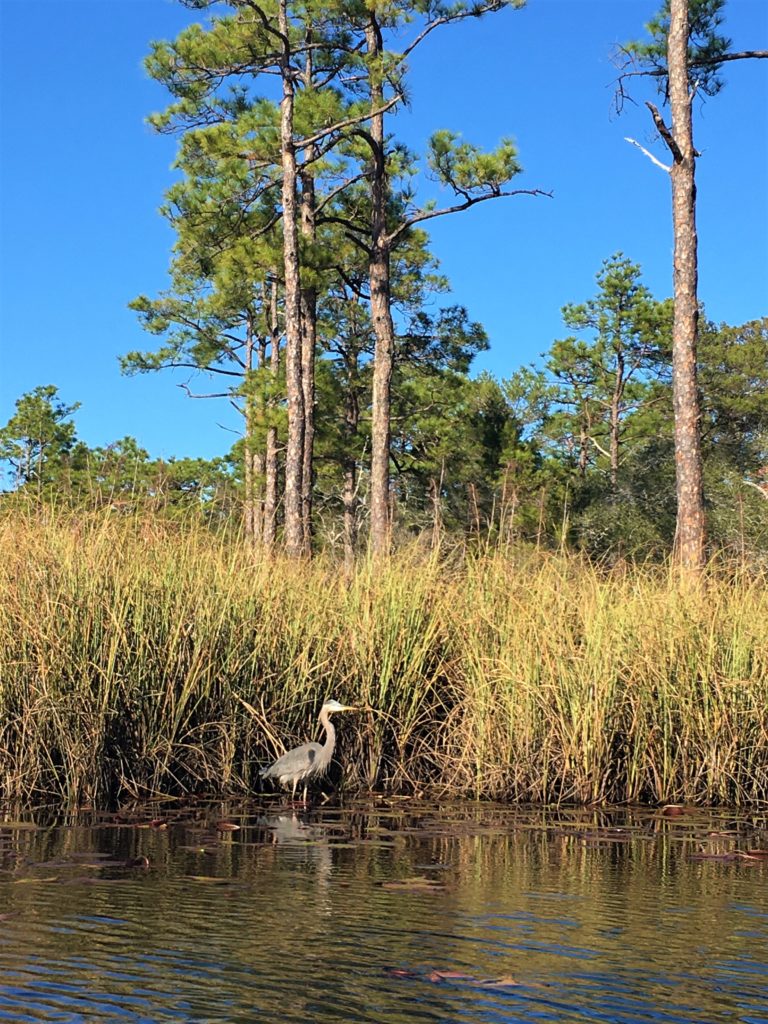
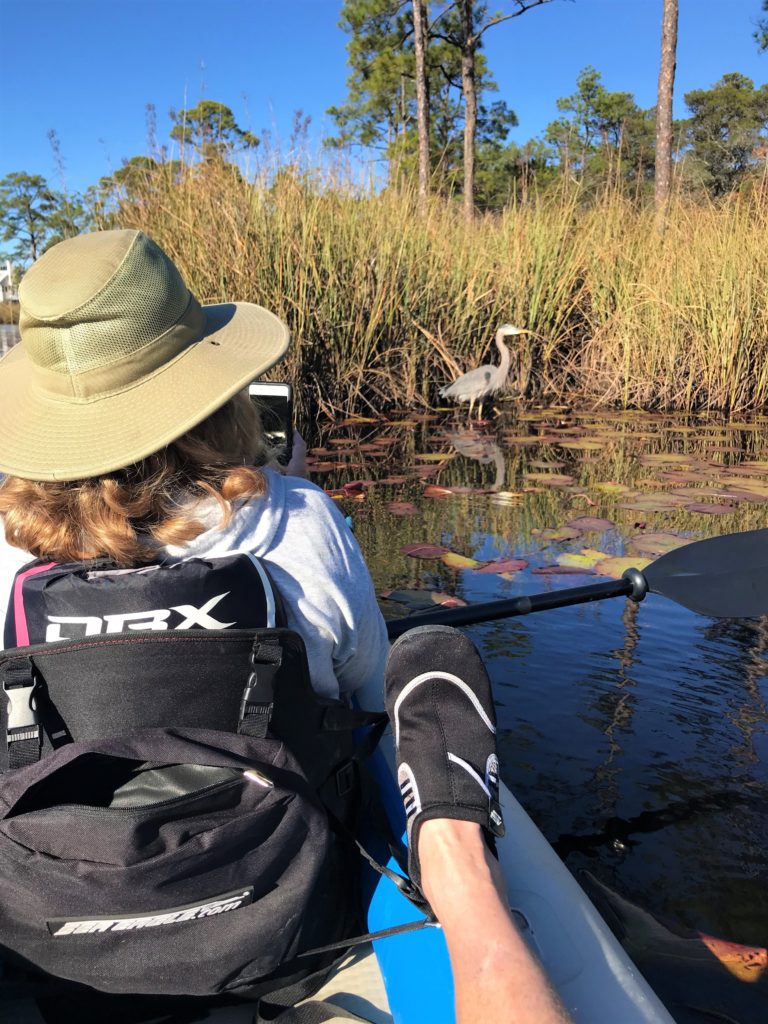
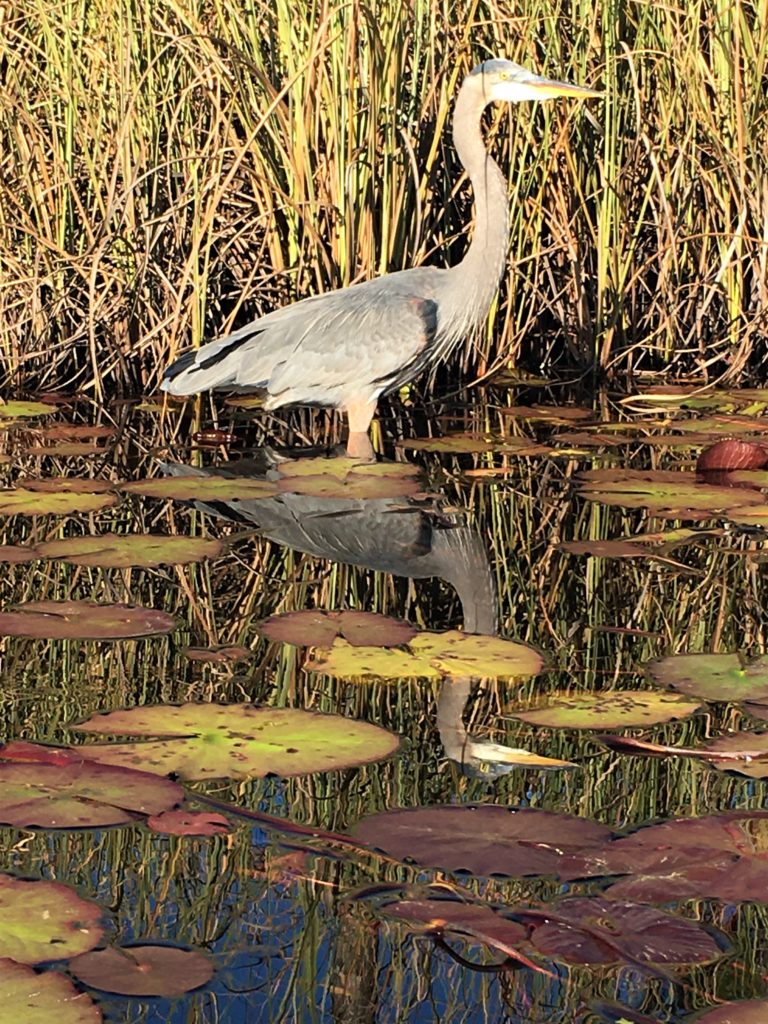

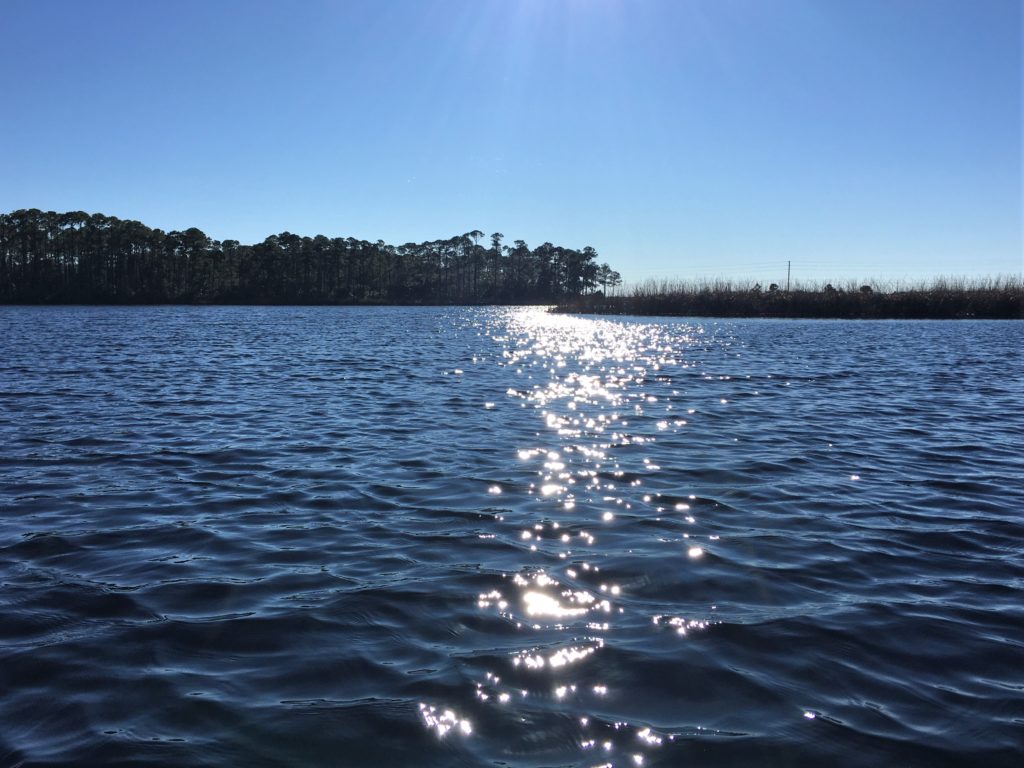
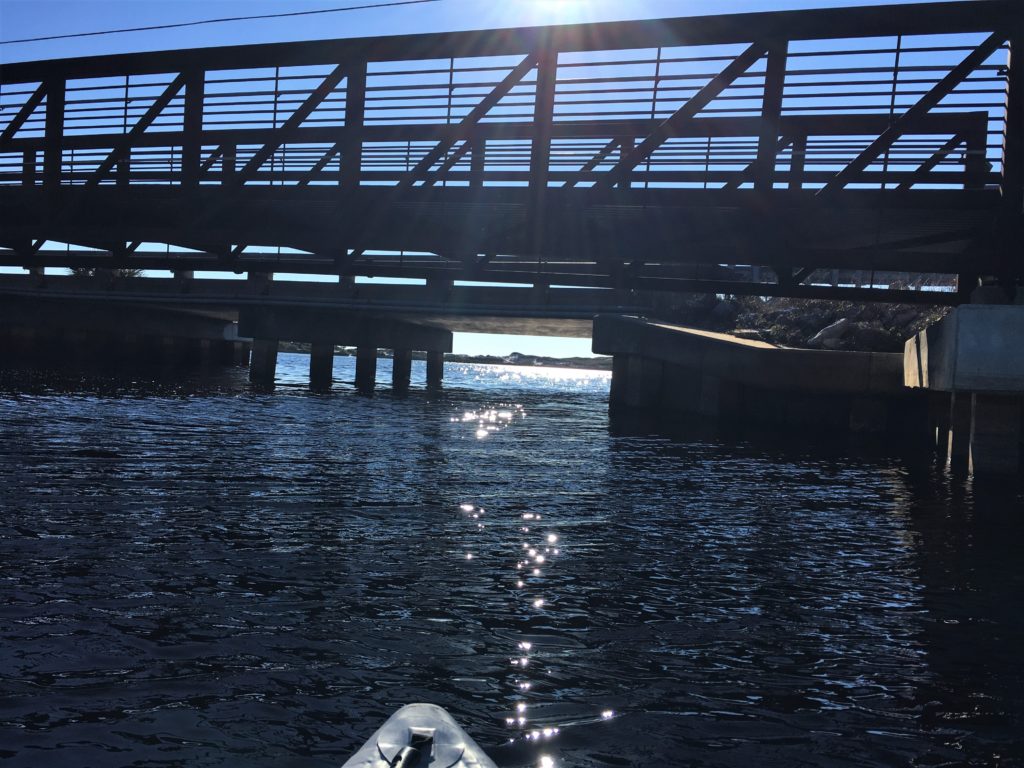
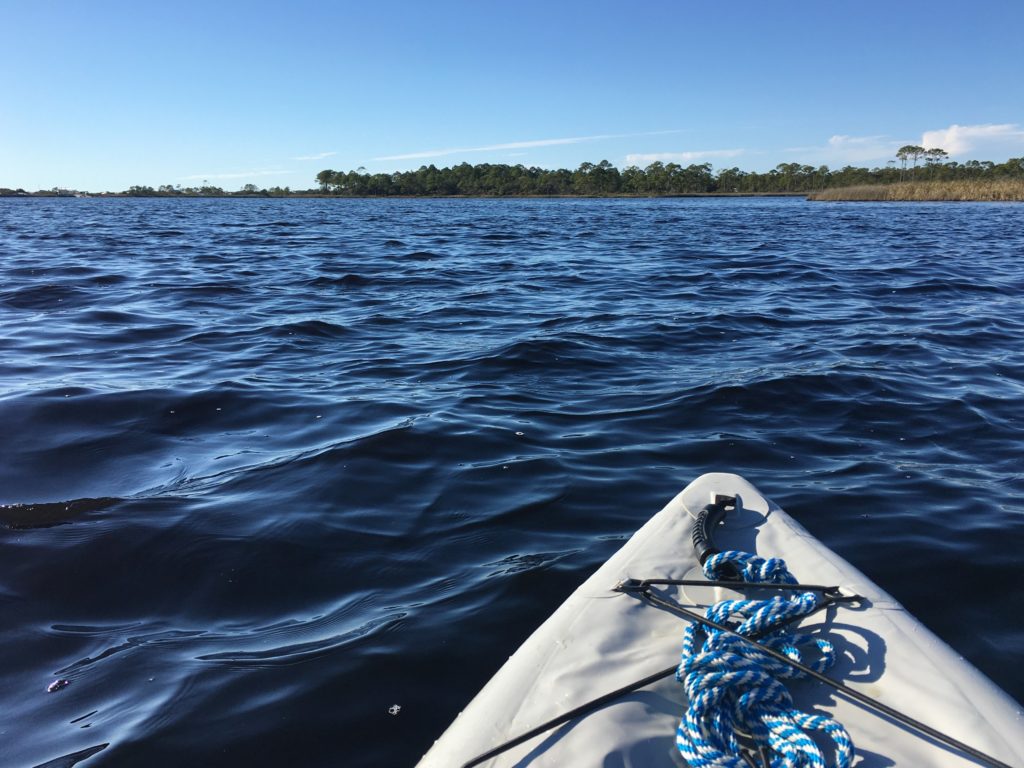
As we continued around the lake, we came to the place where the ‘river’ runs to the Gulf. We thought to check it out. At one point, the water was so low, Blaine had to get out and drag the boat (with me in it) across a sand bar, but other than that one place, it was no problem, and we found a deeper side on the way back.
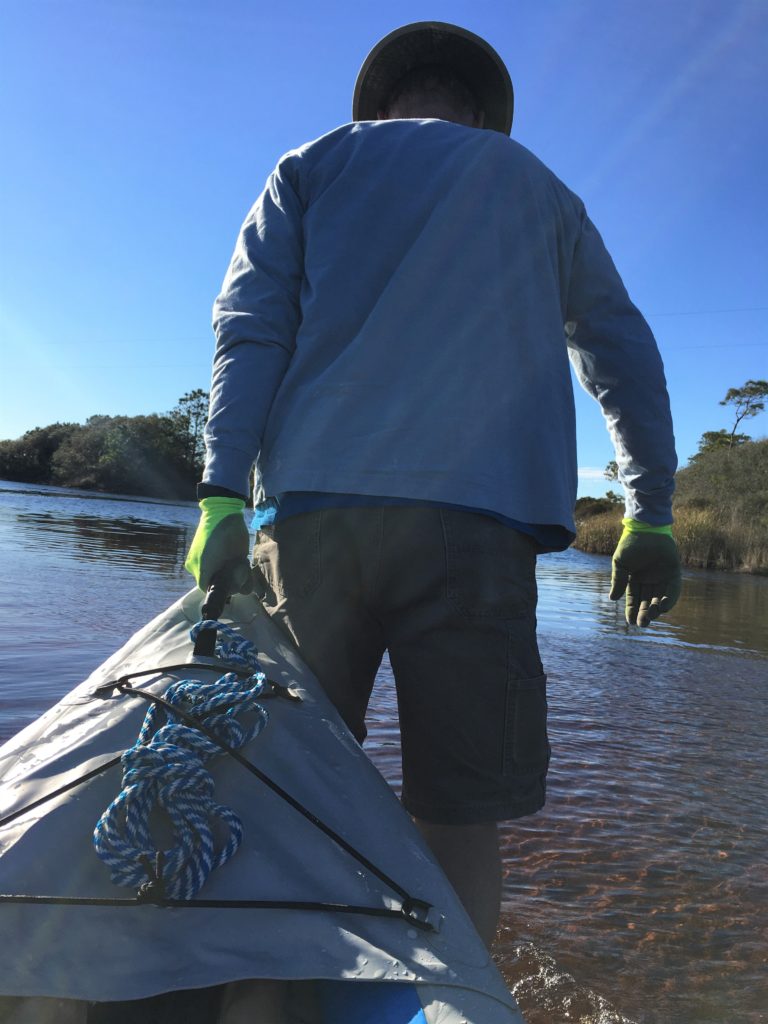
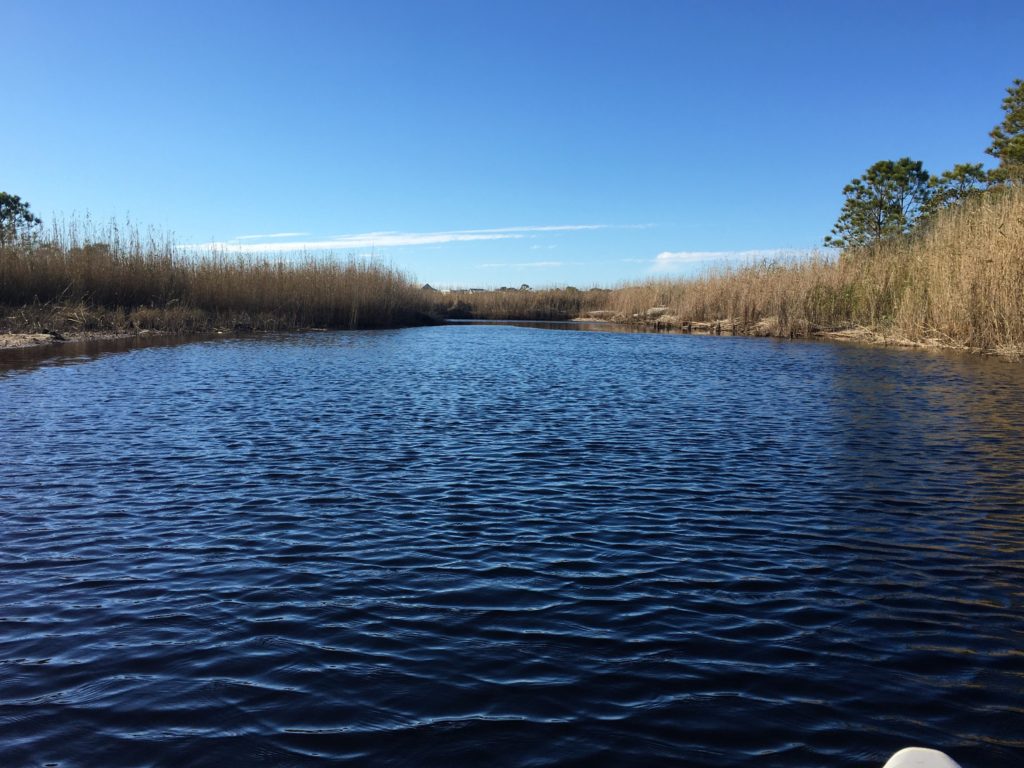
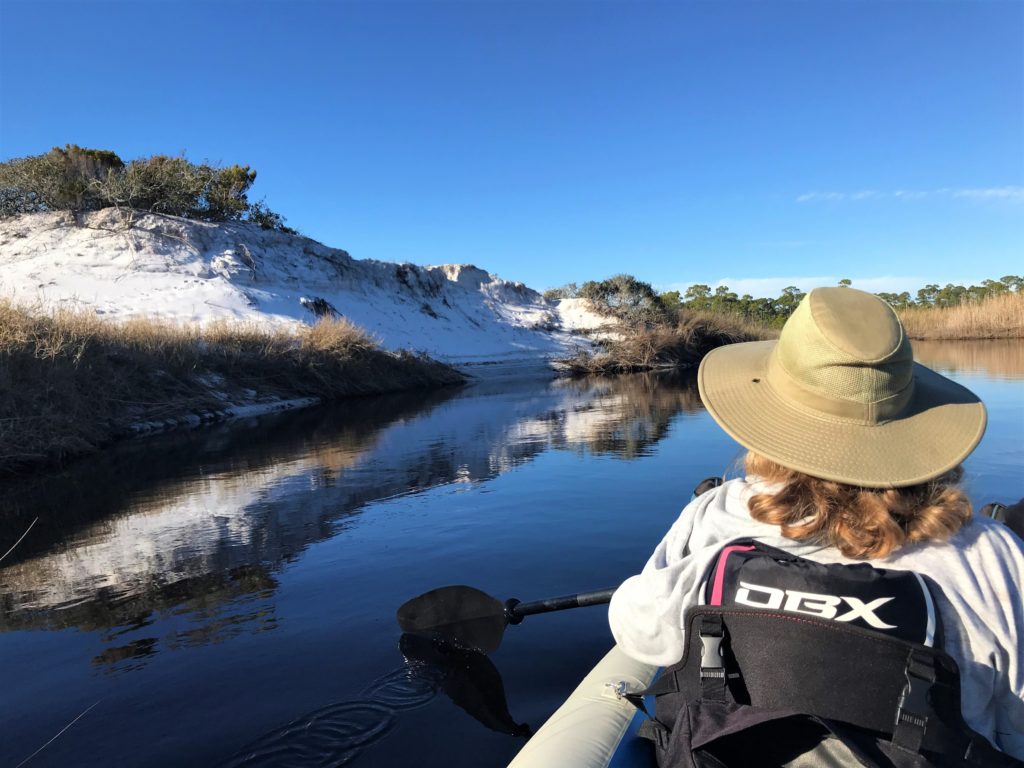
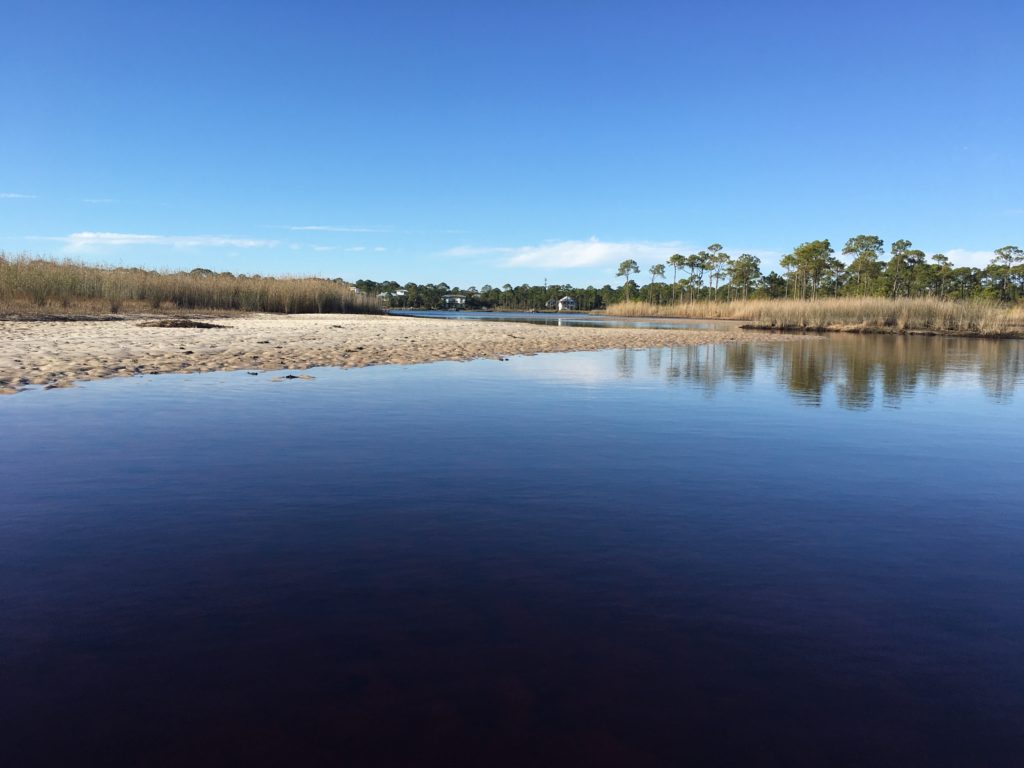
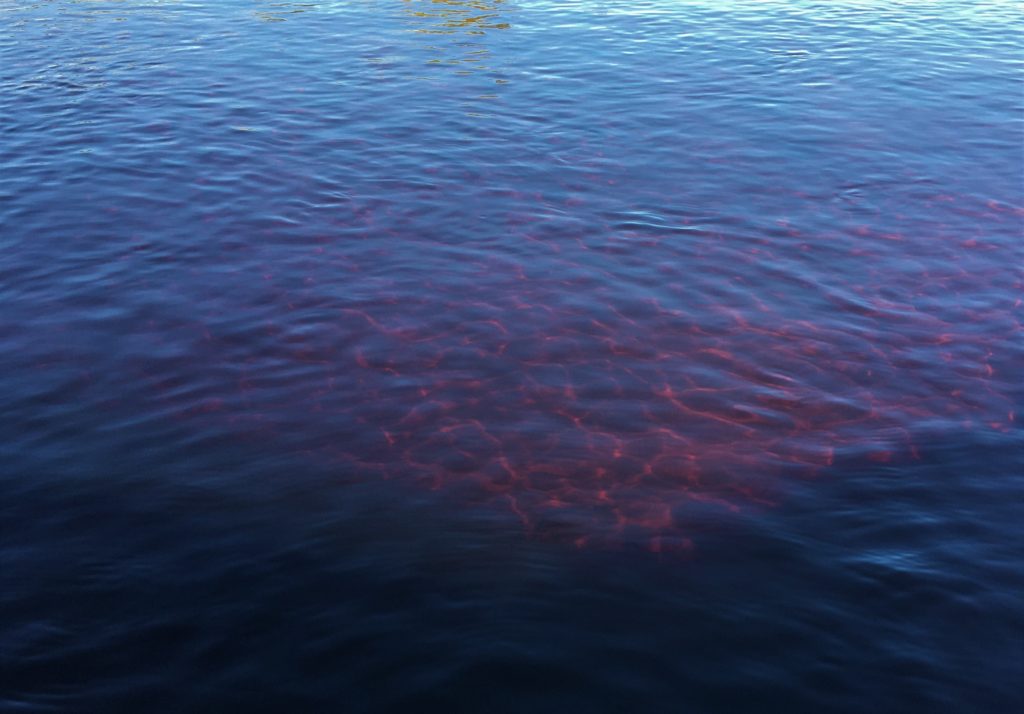
Once we arrived at the larger ‘river’, we realized that was as far as we were going if we expected to return. The flow to the sea was just too strong. So we turned around and headed back. Our two hours was just about up anyway. (That seems to be our usual paddling limit for some reason.)
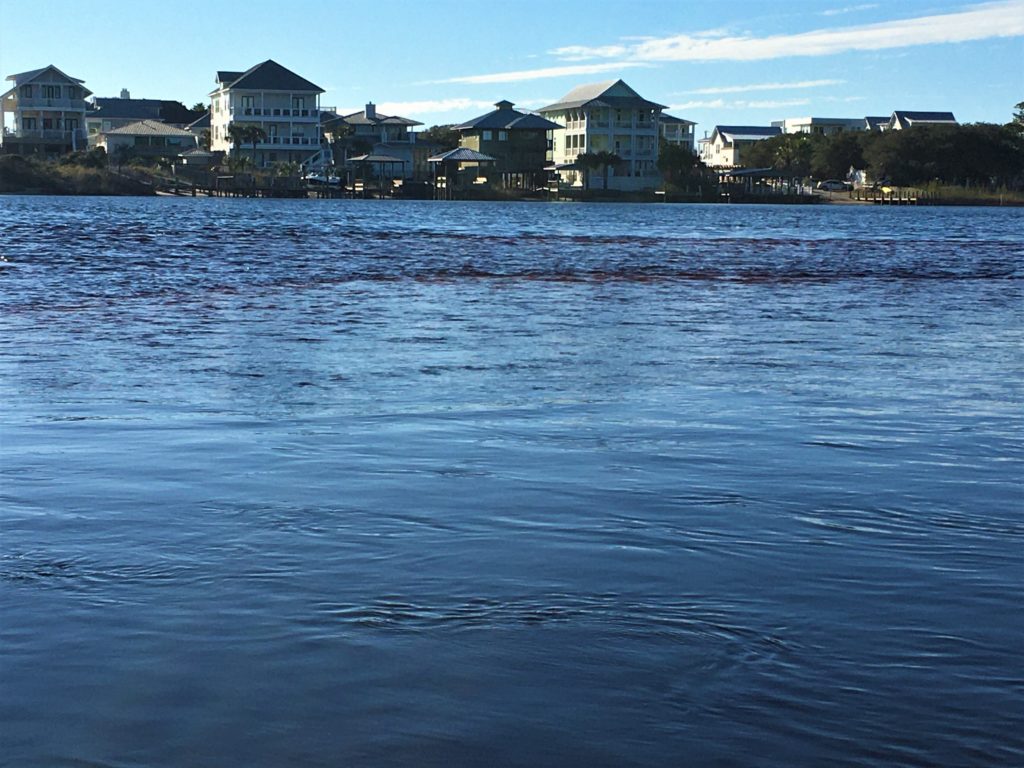
Just to the left, the water flows to the Gulf.
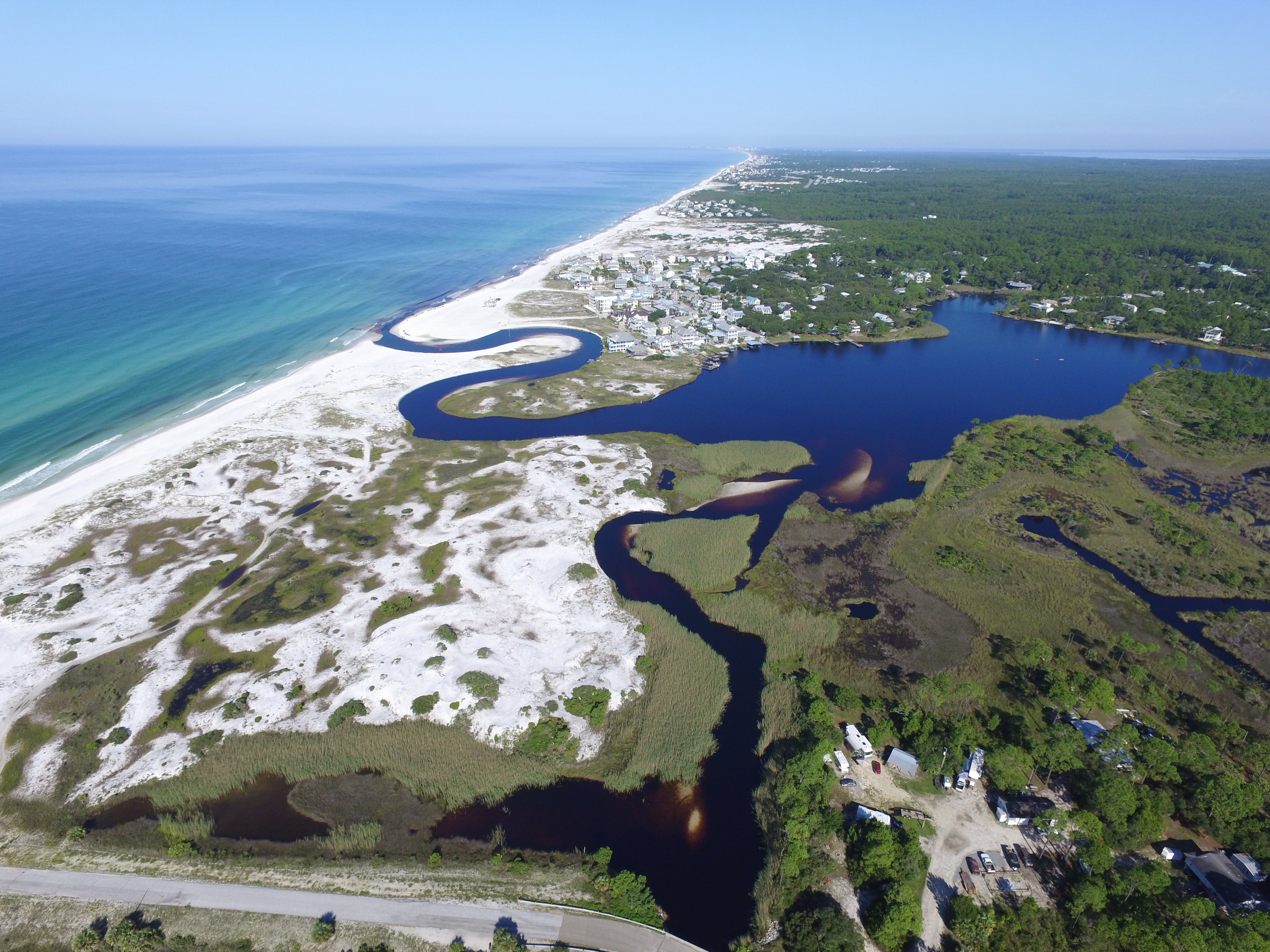
But the snake-like river into the Gulf is where we “dead-ended” on our beach walk the other day.
Our campground is off the bottom of the picture.
An hour later, and we found ourselves strolling the beach again. Who could resist with the weather like it was? Such a blessing!
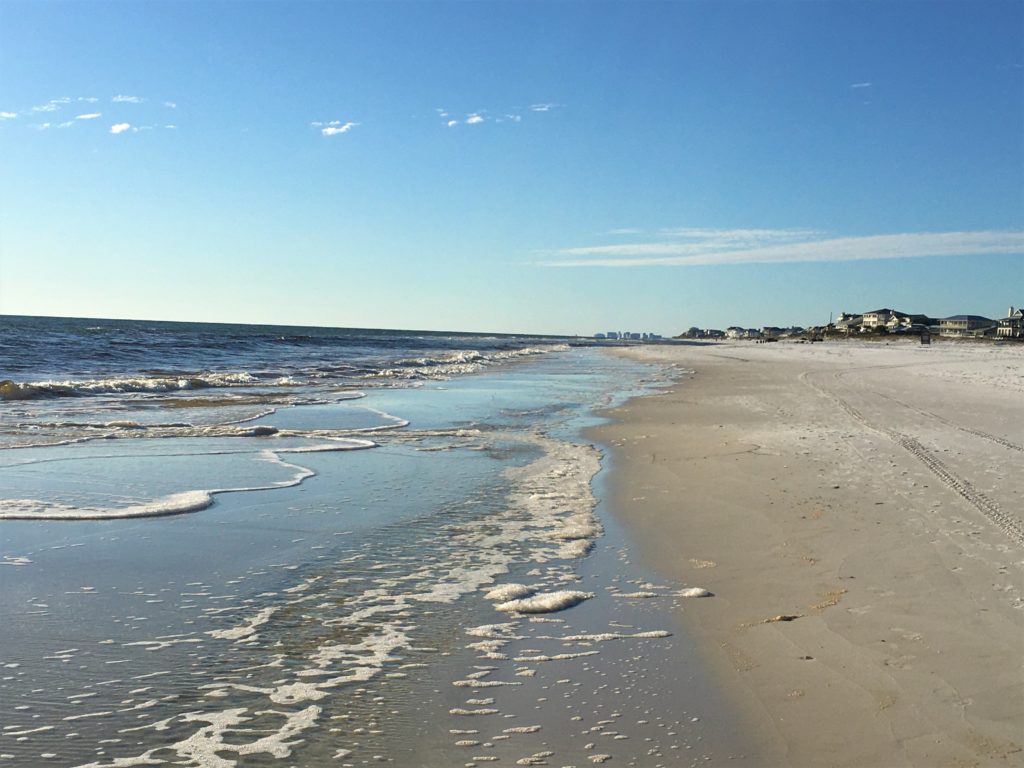
I’m not sure . . . . If that was the only thing to do, maybe . . .

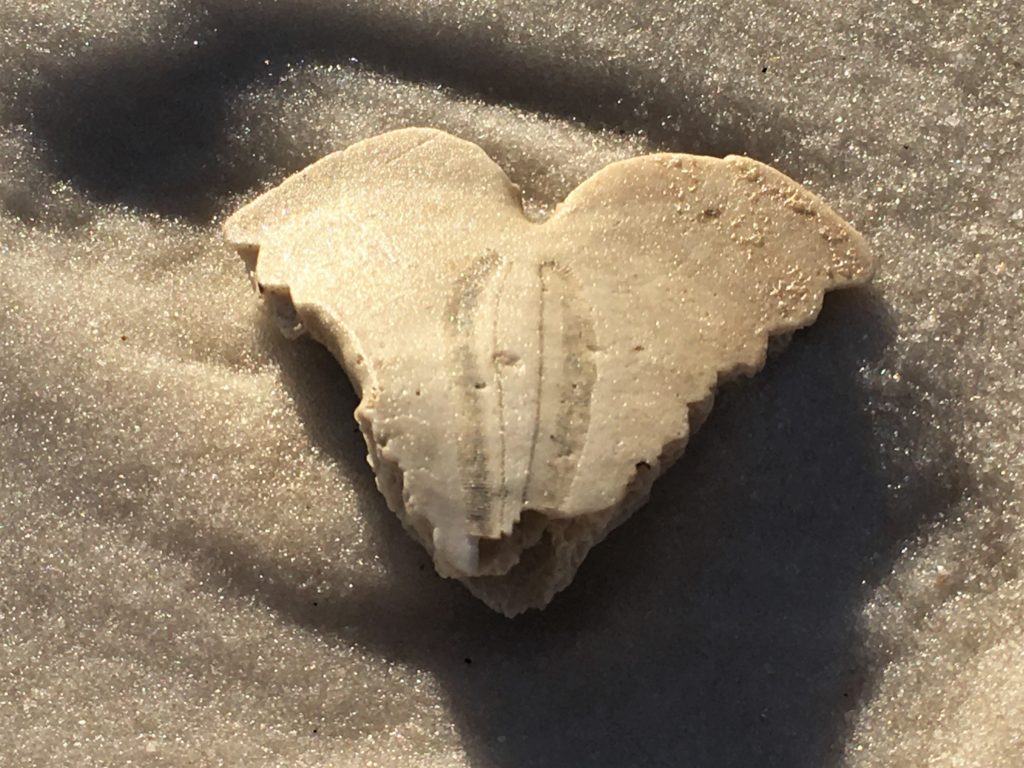
You can’t really tell from this picture, but they’re quite large – an unbroken one would be maybe 5-6″ across!
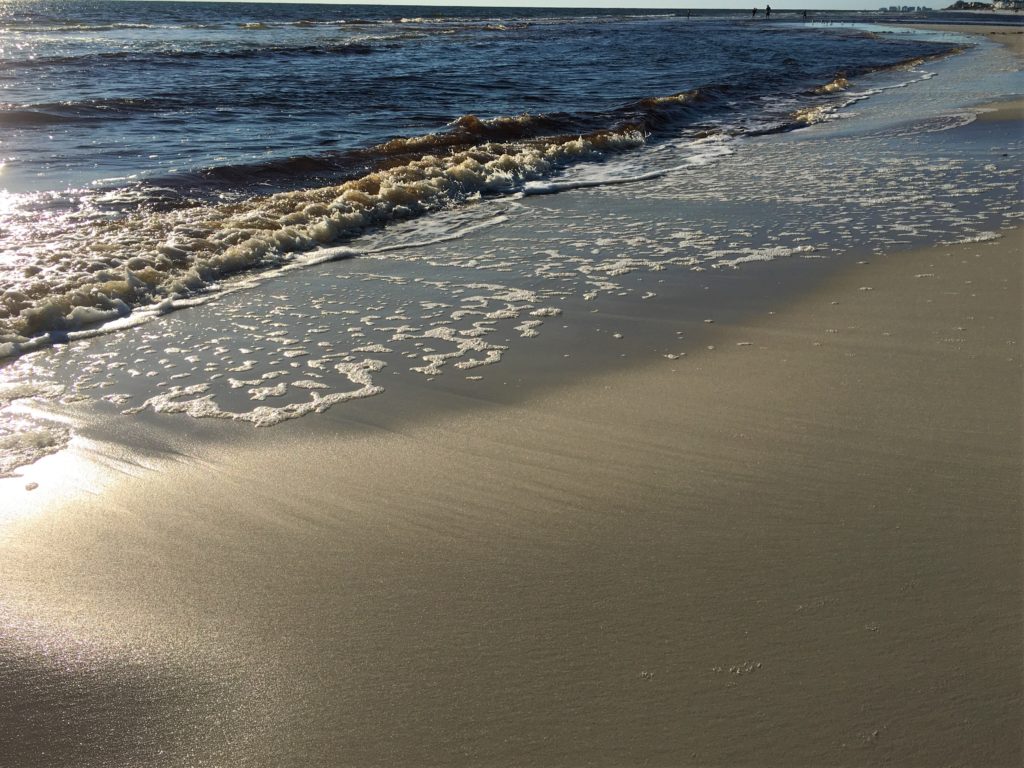

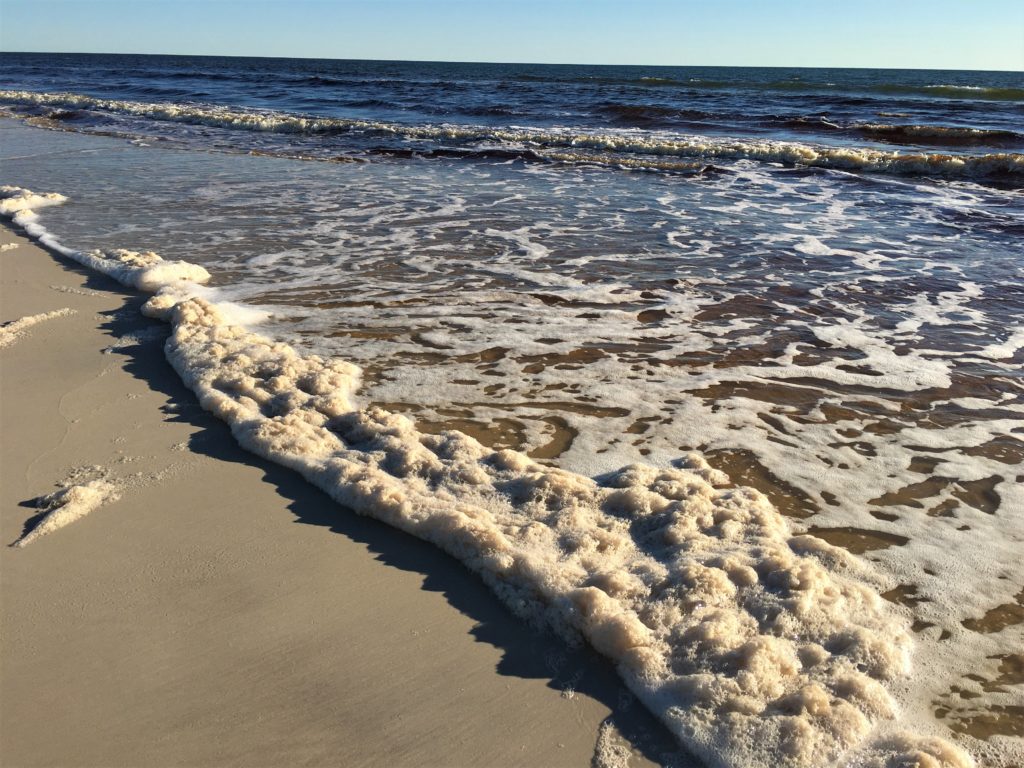
No more Caribbean green. : (
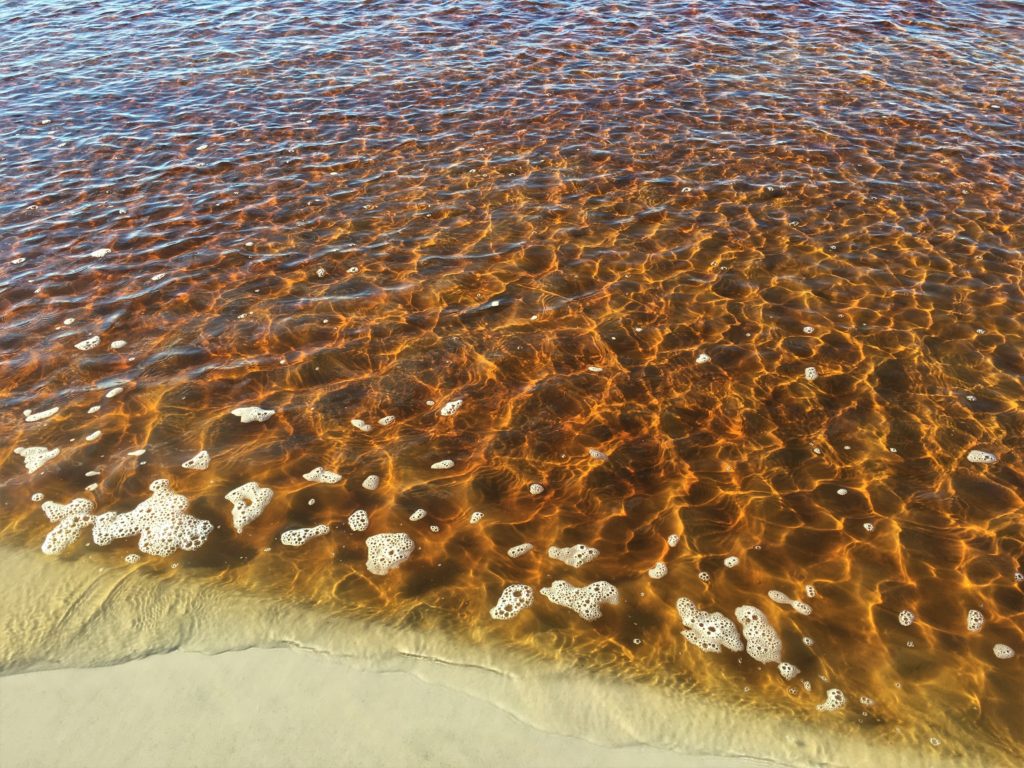
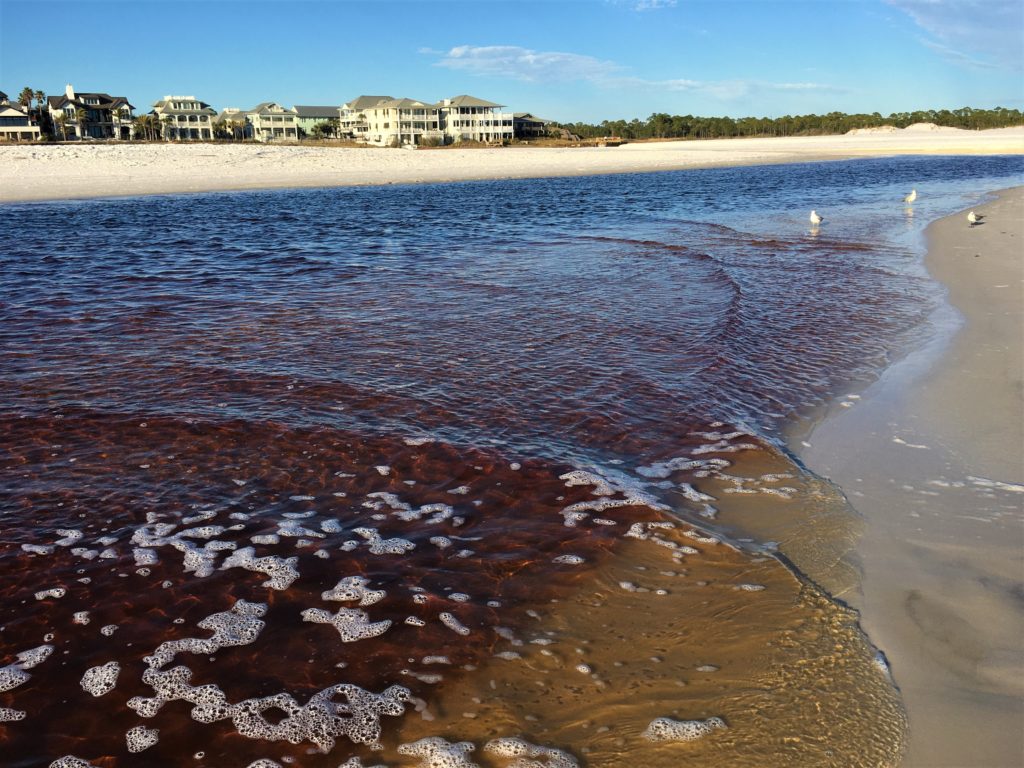
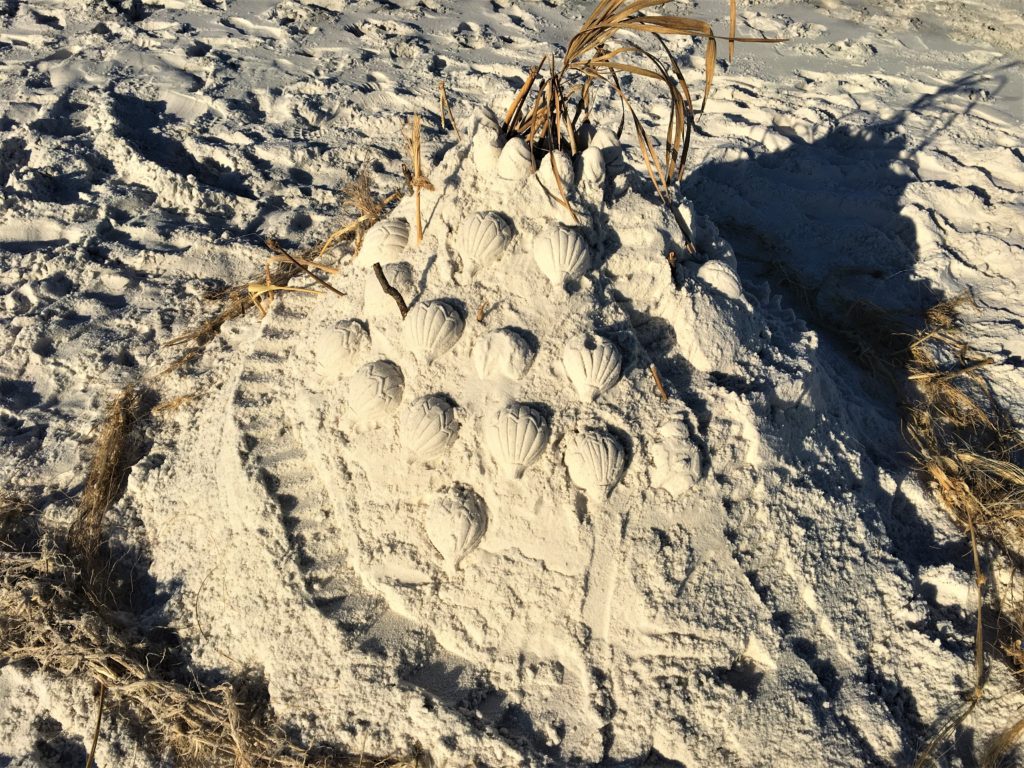

These are really cool! 
Read on to discover their purpose!
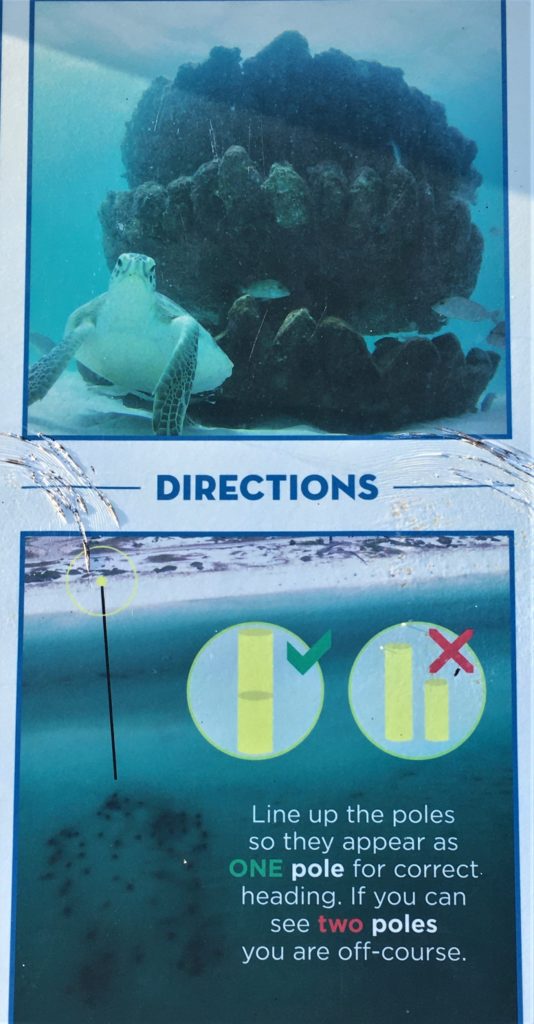
That’s probably a good thing, or I’d want to go!
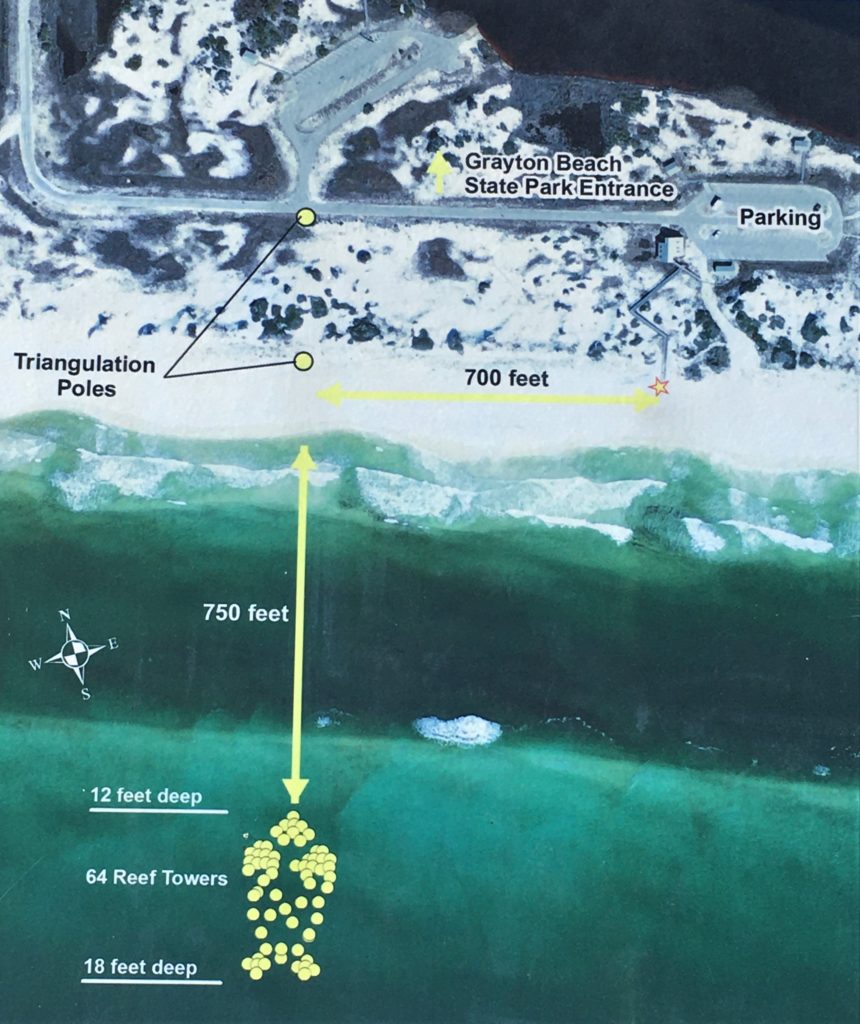
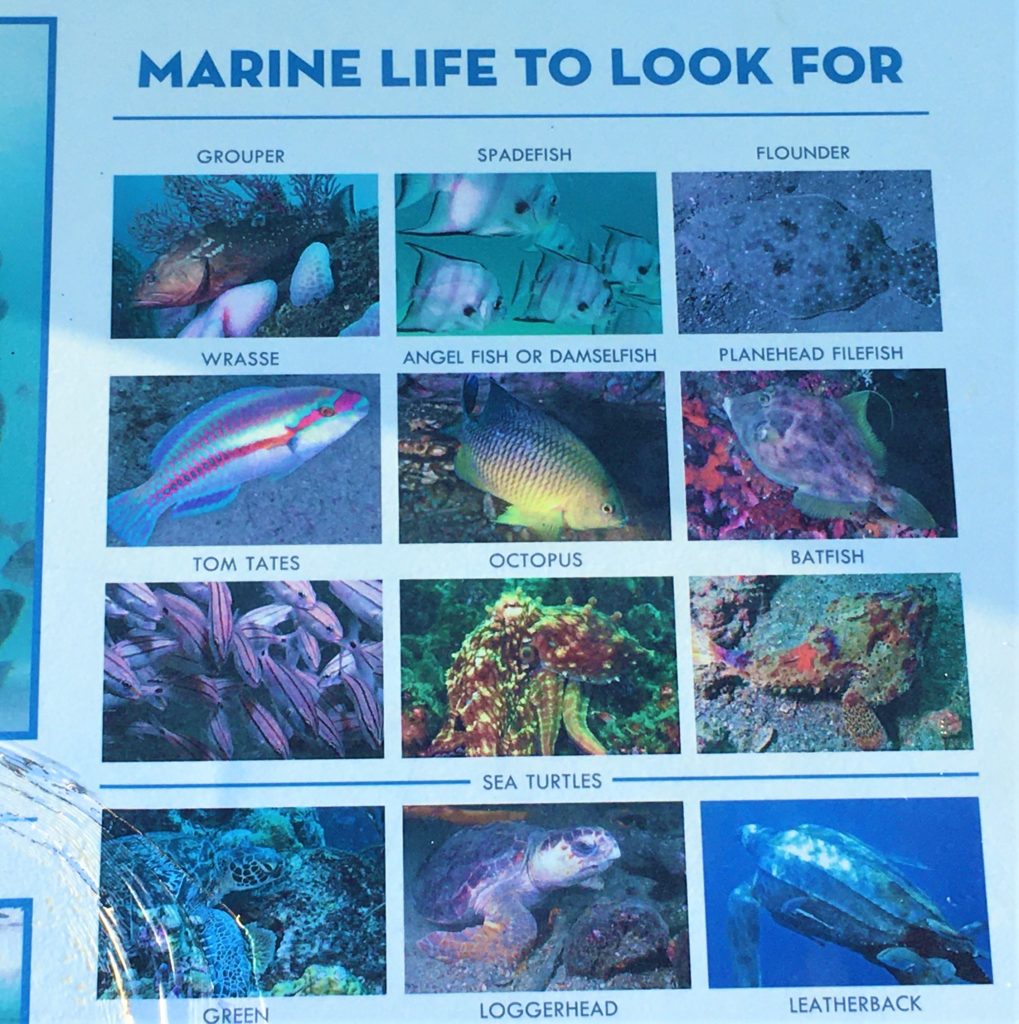
Tomorrow we bike!
